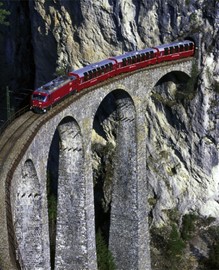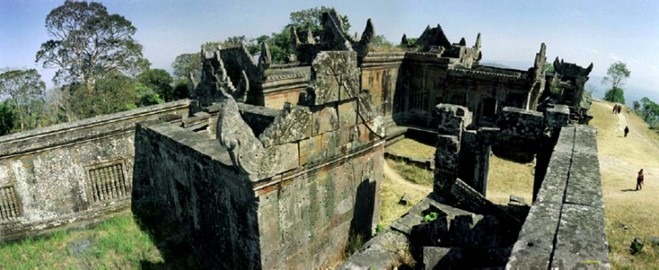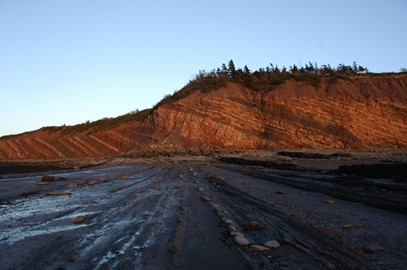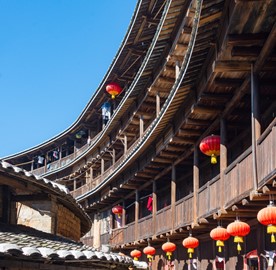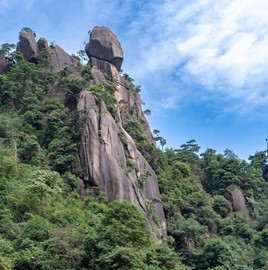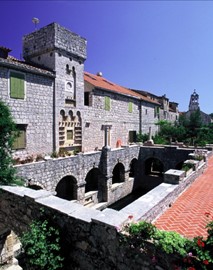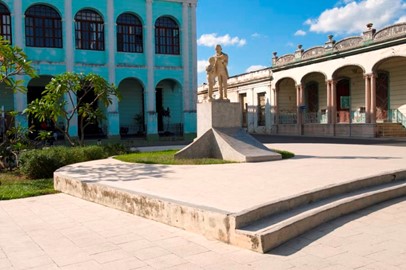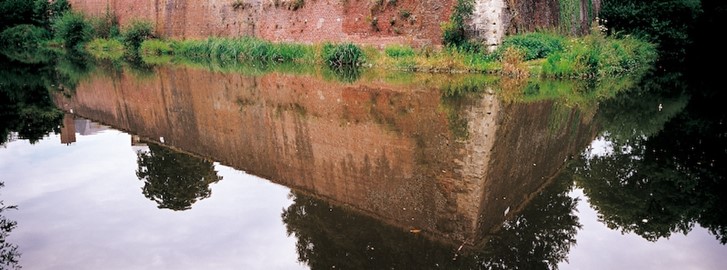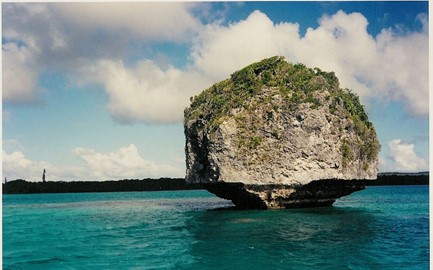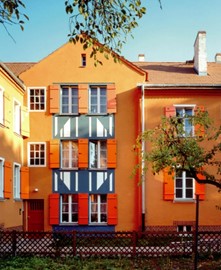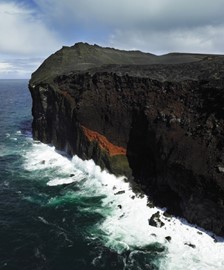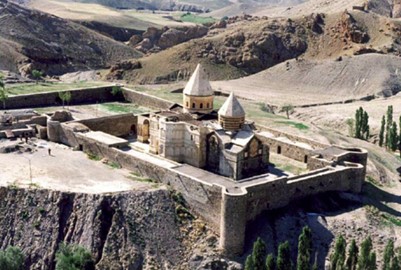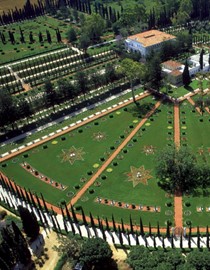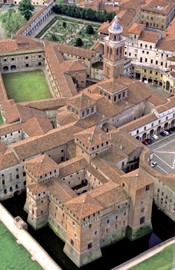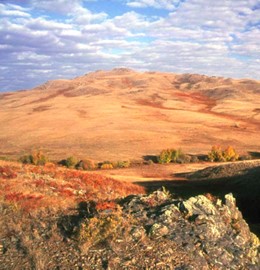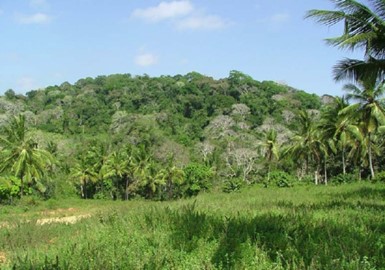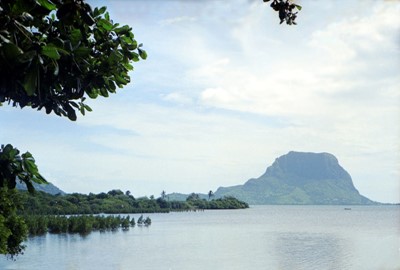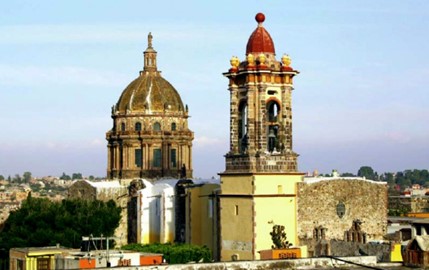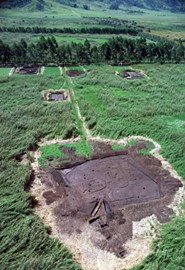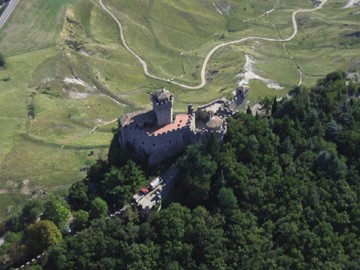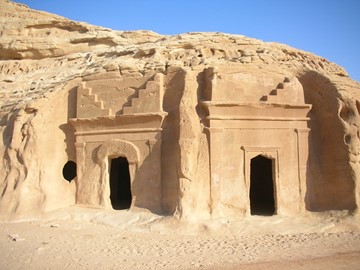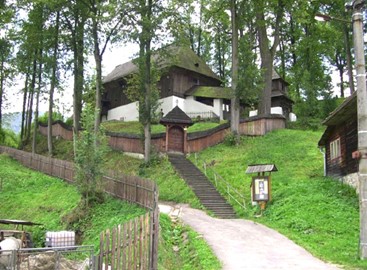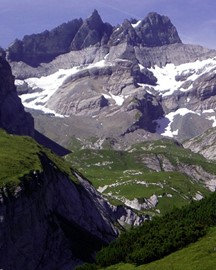year :: 2008
Rhaetian Railway
The Rhaetian Railway, a UNESCO World Heritage site in Italy and Switzerland, recognized in 2008, is a scenic rail network featuring the Albula and Bernina lines, completed in 1910, winding through the Alps. With stunning viaducts, tunnels, and spiral loops like the Landwasser Viaduct, it showcases early 20th-century engineering amid breathtaking mountain landscapes. This transnational site reflects a harmonious blend of technology and nature, highlighting the region’s cultural and industrial heritage.
Preah Vihear
The Temple of Preah Vihear, a UNESCO World Heritage site in Cambodia, is an 11th-century Khmer masterpiece perched atop a cliff, dedicated to the Hindu god Shiva. Renowned for its stunning architecture and intricate carvings, it reflects the spiritual and artistic zenith of the Khmer Empire. Recognized for its cultural and historical value, it stands as a striking symbol of ancient devotion and engineering prowess.
Joggins Fossil Cliffs
Joggins Fossil Cliffs, a UNESCO World Heritage site in Canada, are a 300-million-year-old coastal treasure from the Carboniferous period. Renowned for their fossilized forests, early reptiles, and the oldest known tracks of land animals, these cliffs offer an unparalleled record of life during the 'Coal Age.' Recognized for their scientific value, they stand as a window into Earth’s ancient ecosystems.
Fujian Tulou
The Fujian Tulou, a UNESCO World Heritage site in China, are distinctive earthen fortresses built by the Hakka people between the 12th and 20th centuries. These circular or rectangular structures, designed for communal living and defense, feature thick mud walls and intricate wooden interiors. Nestled in scenic valleys, they showcase ingenious engineering and a unique cultural tradition of harmony and resilience.
Mount Sanqingshan
Mount Sanqingshan, a UNESCO World Heritage site in China, is a sacred Taoist mountain renowned for its dramatic granite peaks, twisted pines, and misty landscapes. Home to ancient temples and diverse flora and fauna, it blends natural splendor with spiritual significance. Its striking geological formations and serene beauty make it a revered destination for pilgrims and nature enthusiasts alike.
Stari Grad Plain
Stari Grad Plain, a UNESCO World Heritage site in Croatia, is an ancient agricultural landscape that has remained virtually unchanged since its creation by Greek colonists in the 4th century BCE. Renowned for its stone walls and geometric land divisions, it showcases traditional farming practices and a harmonious relationship between human cultivation and the natural environment.
Camaguey
The Historic Centre of Camagüey, a UNESCO World Heritage site in Cuba, is a colonial city known for its labyrinthine streets and vibrant baroque architecture. Founded in the 16th century, it features charming plazas, ornate churches, and clay-tiled rooftops, reflecting Spanish influence. This unique urban layout offers a captivating window into Cuba’s colonial past.
Fortifications of Vauban
The Fortifications of Vauban, a UNESCO World Heritage site in France, consist of a series of military structures designed by the renowned 17th-century engineer Sébastien Le Prestre de Vauban. These fortifications, built during the reign of Louis XIV, showcase innovative defensive architecture, including star-shaped bastions and strategic layouts adapted to the landscape. Recognized for their historical and architectural significance, they represent a pinnacle of military engineering from the era and continu... Read More
Lagoons of New Caledonia
The Lagoons of New Caledonia, a UNESCO World Heritage site in the French Pacific Ocean archipelago of New Caledonia, are a pristine marine expanse of coral reefs, atolls, and turquoise waters. Hosting vibrant ecosystems with rare fish, turtles, and dugongs, they form one of the world’s most diverse reef systems. This natural wonder highlights the beauty and fragility of oceanic biodiversity.
Berlin Modernism Housing Estates
The Berlin Modernism Housing Estates, a UNESCO World Heritage site in Germany, comprise six residential complexes built between 1913 and 1934, showcasing innovative urban planning and architecture from the early 20th century. Designed by prominent architects like Bruno Taut and Martin Wagner, these estates reflect the Weimar Republic’s efforts to address housing shortages with functional, affordable, and aesthetically bold designs. Featuring flat roofs, colorful facades, and communal green spaces, they exem... Read More
Surtsey
Surtsey, a UNESCO World Heritage site in Iceland, is a volcanic island formed by underwater eruptions between 1963 and 1967, offering a unique natural laboratory for studying ecological succession and geological processes. Named after the Norse fire giant Surtr, it remains uninhabited and strictly protected, allowing scientists to observe the gradual colonization of life, from microorganisms to plants and birds, in a pristine environment. Its significance lies in its untouched state, providing valuable insi... Read More
Armenian Monastic Ensembles
The Armenian Monastic Ensembles in Iran, a UNESCO World Heritage site, consist of three historic religious complexes: St. Thaddeus Monastery, St. Stepanos Monastery, and the Chapel of Dzordzor. Dating back to the 7th century, these sites showcase exceptional Armenian architectural and artistic traditions, featuring intricate stonework, frescoes, and fortified structures. They served as key centers for religious worship, education, and cultural preservation within the Armenian Christian community. Today, the... Read More
Bahá'i Holy Places
The Bahá'i Holy Places, a UNESCO World Heritage site in Israel, encompass a collection of sacred sites central to the Bahá'i Faith, including shrines, gardens, and historic buildings. Key among them are the Shrine of the Báb, a golden-domed mausoleum, and the Shrine of Bahá'u'lláh, surrounded by meticulously landscaped terraces. These sites represent the spiritual and administrative heart of the Bahá'i community, reflecting its principles of unity and peace through their serene design and global significanc... Read More
Mantua and Sabbioneta
Mantua and Sabbioneta, a UNESCO World Heritage site in Italy, exemplify Renaissance urban planning and architecture. Mantua, a historic city, boasts grand palaces, churches, and piazzas shaped by the influential Gonzaga family, while Sabbioneta, a nearby 'ideal city,' features a meticulously designed grid layout with fortified walls and notable structures like the Teatro all’Antica. Together, they illustrate the artistic and political vision of the Renaissance era.
Saryarka
Saryarka, a UNESCO World Heritage site in Kazakhstan, is a vital ecological region featuring pristine steppe landscapes and wetlands. It encompasses critical habitats, including lakes that serve as key stopover points for migratory birds, such as the Siberian crane. Recognized for its biodiversity and natural beauty, this site highlights the importance of preserving unique ecosystems and traditional land use practices.
Mijikenda Kaya Forests
The Mijikenda Kaya Forests, a UNESCO World Heritage site in Kenya, are sacred groves that preserve the cultural heritage of the Mijikenda people. These fortified hilltop settlements, surrounded by dense coastal forests, feature remnants of traditional villages once used as living spaces and ritual sites. Recognized for their historical and ecological value, the kayas reflect a unique blend of human settlement and natural preservation.
Melaka and George Town
Melaka and George Town, recognized as a UNESCO World Heritage site in Malaysia, are historic cities showcasing a unique blend of cultural influences from Malay, Chinese, Indian, and European traditions. Their well-preserved architecture, including colonial buildings, temples, and traditional shophouses, reflects centuries of trade and cultural exchange along the Straits of Malacca. This vibrant heritage, marked by distinct urban layouts and multicultural legacies, highlights their historical significance as... Read More
Le Morne
Le Morne Cultural Landscape, a UNESCO World Heritage site, is a rugged mountain peninsula in Mauritius that served as a refuge for escaped slaves in the 18th and 19th centuries. Its dramatic cliffs and surrounding lagoon highlight its natural beauty, while its historical significance lies in its role as a symbol of resistance against slavery. The site includes remnants of settlements and a poignant memorial commemorating the struggles of the maroon community. Today, it stands as a testament to human resilie... Read More
San Miguel and Jesús Nazareno
San Miguel and the Sanctuary of Jesús Nazareno de Atotonilco, a UNESCO World Heritage site in Mexico, exemplify the fusion of European and Latin American cultures through stunning Mexican Baroque architecture and art. Established in the 16th century, San Miguel evolved into a vibrant colonial town, while the nearby 18th-century Jesuit sanctuary, renowned for its intricate murals and oil paintings, reflects profound religious and artistic heritage. Together, they highlight a rich historical exchange and arch... Read More
Monarch Butterfly Biosphere
The Monarch Butterfly Biosphere, a UNESCO World Heritage site in Mexico, serves as a critical wintering ground for millions of monarch butterflies migrating from North America. This unique ecological sanctuary, recognized for its outstanding universal value, protects the butterflies' overwintering habitat within a network of oyamel fir forests. The site showcases a remarkable natural phenomenon, where dense clusters of butterflies blanket the trees, creating a stunning display of orange and black. Conservat... Read More
Kuk Early
The Kuk Early Agricultural Site, a UNESCO World Heritage site in Papua New Guinea, spans 116 hectares of swamps in the western highlands, situated 1,500 meters above sea level. Archaeological evidence reveals it as one of the world’s earliest examples of independent agricultural development, with wetland reclamation and cultivation practices dating back 7,000 to possibly 10,000 years. The site showcases a significant technological shift from plant exploitation to organized agriculture around 6,500 years ago... Read More
San Marino
San Marino, one of the world’s smallest and oldest republics, is a landlocked microstate enclaved within Italy, renowned for its medieval architecture and rich history dating back to 301 CE. At its heart lies Mount Titano, a prominent limestone peak rising 739 meters above sea level, designated a UNESCO World Heritage site for its cultural significance. The mount features three iconic towers—Guaita, Cesta, and Montale—built between the 11th and 14th centuries, which symbolize the nation’s independence and o... Read More
Hegra
Hegra Archaeological Site, also known as Al-Hijr/Madâin Sâlih, is a UNESCO World Heritage site in Saudi Arabia renowned for its well-preserved archaeological remains dating back to the Nabataean Kingdom (1st century BCE to 1st century CE). The site features over 100 monumental tombs carved into sandstone cliffs, adorned with intricate facades that reflect a blend of Nabataean, Hellenistic, and Roman architectural influences. In addition to the tombs, Al-Hijr includes ancient wells, inscriptions, and remnant... Read More
Wooden Churches of Carpathians
The Wooden Churches of the Carpathians, a UNESCO World Heritage site in Slovakia, represent a unique blend of architectural mastery and cultural heritage. Constructed between the 16th and 18th centuries, these timber-built structures showcase exceptional craftsmanship, with intricate designs and vibrant interior frescoes. They reflect the religious traditions of the Eastern Rite Catholic and Orthodox communities, standing as enduring symbols of faith and history. Today, they remain well-preserved testaments... Read More
Swiss Tectonic Arena Sardona
The Swiss Tectonic Arena Sardona, a UNESCO World Heritage site in Switzerland, showcases a stunning example of mountain-building through continental collision. It features the Glarus Thrust, where ancient rocks dramatically overlie younger ones, offering a clear, three-dimensional view of tectonic processes that shaped the Alps. Recognized since the 18th century as a key geological site, it continues to inspire scientific study and captivate visitors with its rugged peaks, glaciers, and the famous Martinslo... Read More
